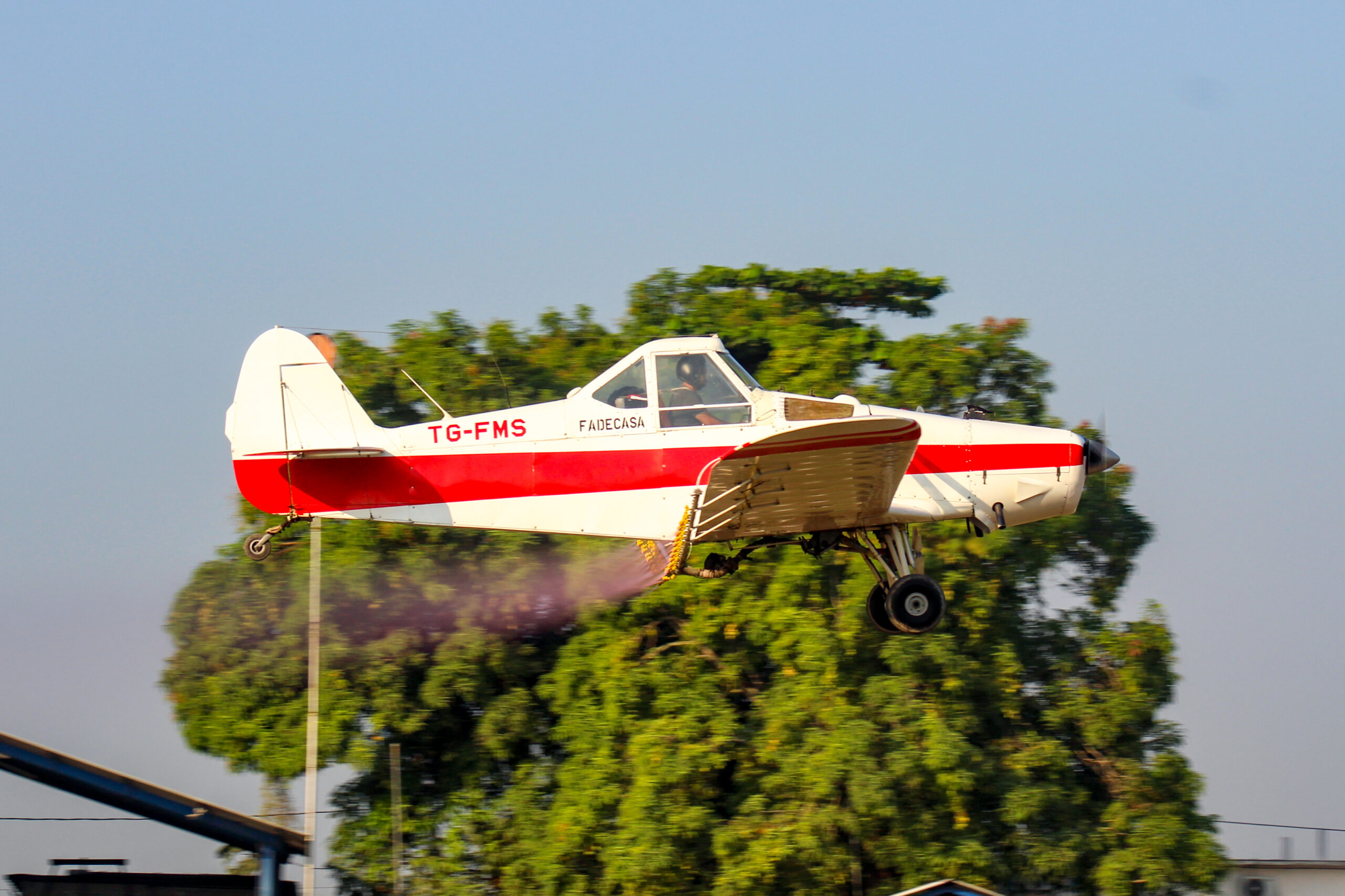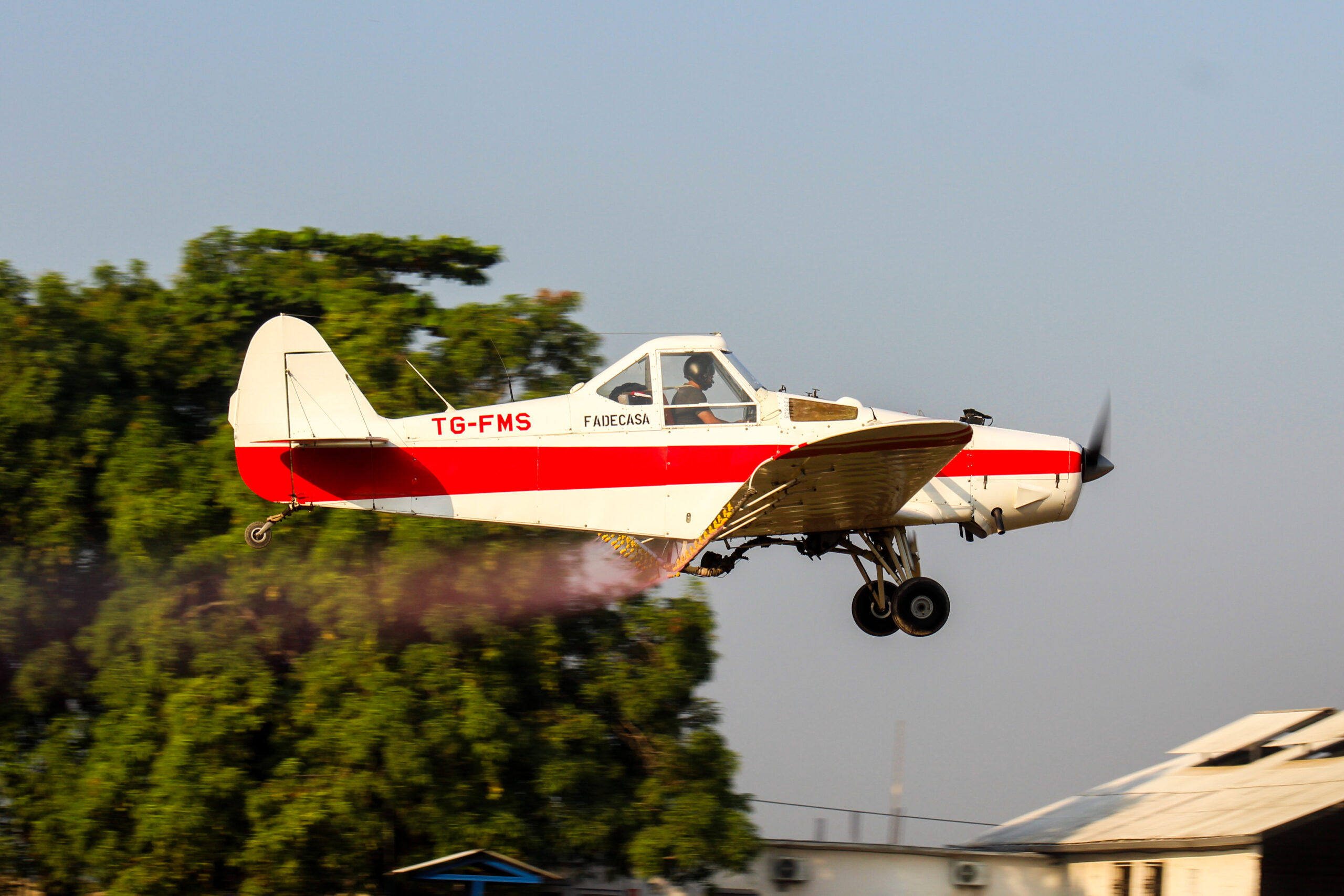As agriculture evolved and expanded after World War II, a critical need arose for aircraft tailored specifically to the demands of agricultural work. Fred Ernest Weick, an esteemed American aviation engineer, answered this call by embarking on a pioneering endeavor in the late 1940s at the Agricultural and Mechanical College of Texas.
Until then, agricultural tasks such as spraying, crop dusting, and fertilizer spreading were entrusted to civilian and military utility aircraft hastily repurposed for the job. However, these makeshift solutions often proved inadequate, struggling with performance deficiencies and safety concerns.
Recognizing the urgency for purpose-built agricultural aviation, the National Flying Farmers Association, backed by federal support, including the Civil Aeronautics Administration, initiated a specialized research program. The ambitious goal was to develop aircraft tailored explicitly for agricultural tasks.
Under the guidance of Fred Weick, the Personal Aircraft Research Centre at AMC became the focal point of this groundbreaking effort. Their first creation, the Ag-1 prototype, symbolized a significant leap forward. This single-seat, all-metal monoplane, powered by a Continental E225 engine, boasted crucial safety features designed to mitigate the unique risks of aerial crop dusting.
But the journey didn’t end there. Building upon the success of the Ag-1, Weick and his team unveiled the Ag-2 and Ag-3 prototypes. The latter, developed in collaboration with Piper Aircraft, laid the foundation for a game-changing aircraft: the PA-25 Pawnee.
With its distinctive features—a high-mounted cockpit, conventional landing gear, and robust construction—the Pawnee epitomized the evolution of agricultural aviation. Its inaugural flight in November 1954 marked a pivotal moment, heralding a new era in agricultural aircraft design.

As Piper embraced Weick’s vision, the PA-25 Pawnee transitioned from prototype to production model, hitting the assembly lines in 1959. However, the quest for optimal performance persisted, leading to engine upgrades culminating in adopting the Lycoming O-540 powerplant in 1962.
The Pawnee’s impact reverberated throughout the industry, with over 5,000 units manufactured by Piper until 1981. Yet, its journey didn’t end there. In 1988, the torch was passed to Latino Americana de Aviación S.A., now Laviasa, marking a new chapter in the Pawnee’s legacy.
Under Laviasa’s stewardship, the Pawnee transformed and rebranded as the Puelche. This South American aviation company breathed new life into the aircraft, introducing variants tailored to meet evolving industry needs, including a two-seater configuration.
Weick’s pioneering design set a global standard for agricultural aircraft, shaping the blueprint for future innovations. From the AT-802 Air Tractor to the Cessna 188, the Pawnee’s influence permeated the industry, solidifying its place as a timeless icon in agricultural aviation.

The story of the PA-25 Pawnee transcends borders and generations, exemplifying resilience and adaptability. From its origins in the heart of Texas to its continued service in the fields of South America, the Pawnee’s journey is a testament to the enduring spirit of innovation in agricultural aviation.
Today, as exemplified by the PA-25 Pawnee featured in our Photo of the Week series, this iconic aircraft inspires awe and admiration. From its roots in agricultural research to its present-day role as a glider tug in the Czech Republic, the Pawnee’s legacy endures a testament to its indelible mark on the agricultural aviation industry.


![20230904132024_IMG_9976[1]](https://agairupdate.com/wp-content/uploads/sites/4/2024/06/20230904132024_IMG_99761-696x464.jpg)


